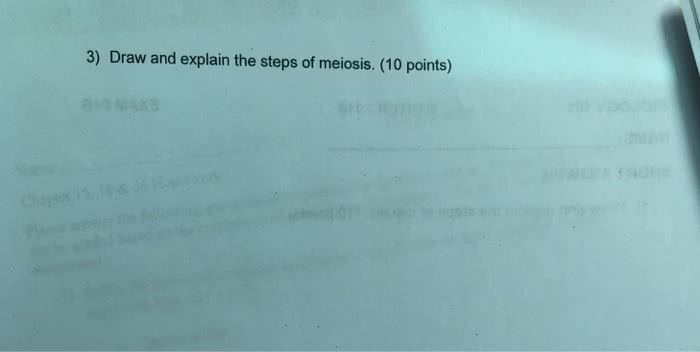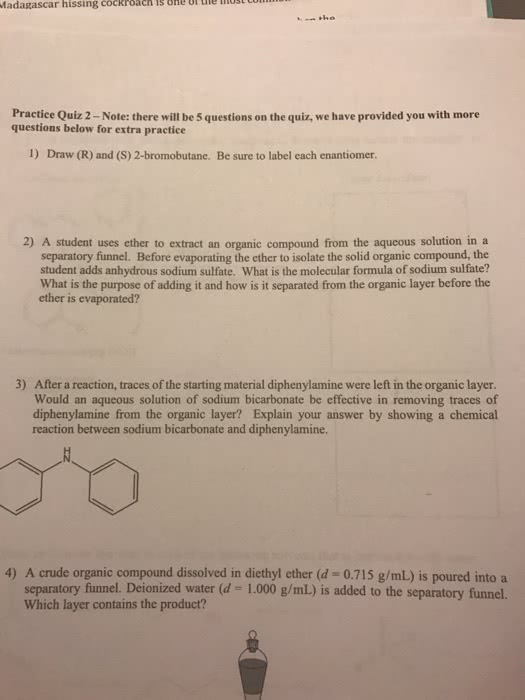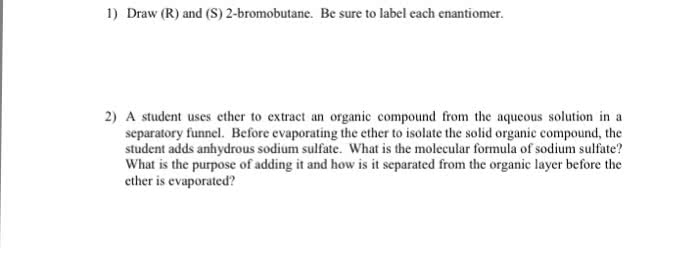
mokim06
Mokim sk
5 Followers
0 Following
4 Helped
I am mokim❤
mokim06Lv7
14 Feb 2023
Answer: Kleinfelter's Syndrome: Kleinfelter's Syndrome results from a nondisju...
mokim06Lv7
14 Feb 2023
Answer: Piano - A keyboard instrument that has been a staple of classical and ...
mokim06Lv7
14 Feb 2023
Answer: Based on the information given, we can use Ohm's law to find the resis...
mokim06Lv7
14 Feb 2023
Answer: One chromosomal abnormality is Down syndrome, also known as Trisomy 21...
mokim06Lv7
14 Feb 2023
Answer: Nondisjunction occurs during meiosis when homologous chromosomes or si...
mokim06Lv7
14 Feb 2023
Answer: Translocations occur during meiosis when a segment of one chromosome b...
mokim06Lv7
14 Feb 2023
Answer: Meiosis is a type of cell division that results in the formation of fo...
mokim06Lv7
14 Feb 2023
Mitosis is the process of cell division that occurs in somatic cells. It consi...
mokim06Lv7
14 Feb 2023
Answer: Mitosis is the process of cell division that occurs in somatic cells. ...
mokim06Lv7
14 Feb 2023
Answer: Mitosis is the process by which eukaryotic cells divide and produce tw...
mokim06Lv7
14 Feb 2023
Answer: To solve for the standard enthalpy of formation of H2O(g), we need to ...
mokim06Lv7
14 Feb 2023
To solve for the standard enthalpy of formation of CO(g), we need to use the s...
mokim06Lv7
14 Feb 2023
Answer: To solve the problem, we can use the equation: ΔH°rxn = ΣnΔH°f(product...
mokim06Lv7
14 Feb 2023
Answer: The enthalpy change for the given reaction is -340.2 kJ. Using the sta...
mokim06Lv7
14 Feb 2023
Answer: a. To determine the standard enthalpy of formation of H2O(g), we need ...
mokim06Lv7
14 Feb 2023
Answer: Sure, here are the answers: A) Using the given reaction and standard e...
mokim06Lv7
14 Feb 2023
Answer: The balanced chemical equation for the reaction is: 2CO(g) + 2NO(g) → ...
mokim06Lv7
14 Feb 2023
Answer: A) The balanced chemical equation for the reaction is: 2CO2(g) + 5H2(g...
mokim06Lv7
14 Feb 2023
Answer: The balanced chemical equation for the reaction is: NH4Cl (aq) → NH3 (...
mokim06Lv7
14 Feb 2023
Answer: Using Hess's Law, we can calculate the standard enthalpy of formation ...
mokim06Lv7
14 Feb 2023
Answer: Using Hess's Law, we can calculate the standard enthalpy of formation ...
mokim06Lv7
14 Feb 2023
Answer: Using Hess's Law, we can calculate the standard enthalpy of formation ...
mokim06Lv7
14 Feb 2023
Answer: The first step is to write the balanced chemical equation for the reac...
mokim06Lv7
14 Feb 2023
Answer: ΔH° = -542 kJ/mol ΔH° = 176 kJ/mol ΔH°f = -396.0 kJ/mol ΔH°f = -92.3 k...
mokim06Lv7
14 Feb 2023
Answer: The standard enthalpy change of the reaction (ΔH°) can be calculated u...
mokim06Lv7
14 Feb 2023
Answer: To calculate the number of moles of solute present in a solution, we c...
mokim06Lv7
14 Feb 2023
Answer: The Wittig reaction mechanism for the synthesis of trans-9-(2-phenylet...
mokim06Lv7
14 Feb 2023
Answer: The amount of NaOH delivered in one drop of the pipet is 0.0426 mL (2 ...
mokim06Lv7
14 Feb 2023
Answer: The amount of NaOH delivered in one drop of the pipet is 0.0426 mL (2 ...
mokim06Lv7
14 Feb 2023
Answer:The procedure describes the preparation of an aromatic acetylation reac...
mokim06Lv7
14 Feb 2023
Answer: The active portion of Oxone is potassium peroxymonosulfate. Atom econo...
mokim06Lv7
14 Feb 2023
Answer: The structure of the components after each step in the isolation proto...
mokim06Lv7
14 Feb 2023
You transferred the solution of benzoic acid and naphthalene in diethyl ether ...
mokim06Lv7
14 Feb 2023
Answer: When a crude organic compound dissolved in diethyl ether is poured int...
mokim06Lv7
14 Feb 2023
Answer: Here are the answers to your questions: (R)-2-bromobutane and (S)-2-br...
mokim06Lv7
14 Feb 2023
Answer: The molecular formula of sodium sulfate is Na2SO4. The purpose of addi...
mokim06Lv7
14 Feb 2023
Answer: However, I can explain the answers to your questions: (R)-2-bromobutan...
mokim06Lv7
14 Feb 2023
Answer: The student may not have recovered the expected amount of pure bipheny...
mokim06Lv7
14 Feb 2023
Answer: To recover the ethyl-4-aminobenzoate from the solid mixture, Bart shou...
mokim06Lv7
14 Feb 2023
Answer: The student did not recover the expected amount of pure biphenyl due t...























